HOSTED BY: 1 AIR TRAVEL
As predicted, the summer 2022 travel season turned out to be unlike any summer in recent memory. After a trickle of COVID-19 restrictions eased over many months, travelers flooded airports and tourist destinations at rates not seen in three years and with a fervor not seen in even longer than that.
It’s safe to say it did not all go according to plan.
For more TPG news delivered each morning to your inbox, sign up for our daily newsletter.
Sure, some travelers finally made it on their trips of a lifetime, many of which had been postponed for years. However, an often-debilitating combination of inflation, sluggish staffing and Mother Nature not only caused prices to soar but also upended itineraries. This left travelers wondering if services would ever be restored to what was once “normal.”
While hours-long waits and piles of luggage proved nightmarish for travelers overseas, flight disruptions in the U.S. surpassed ordinary frustration. The four biggest U.S. airlines canceled 3% of their flights in June, according to data from FlightAware. That might not sound like much, but it amounted to more than 11,000 flights. And though a handful of U.S. airlines saw cancellations drop in July, cancellation rates rose again during the first couple weeks of August.
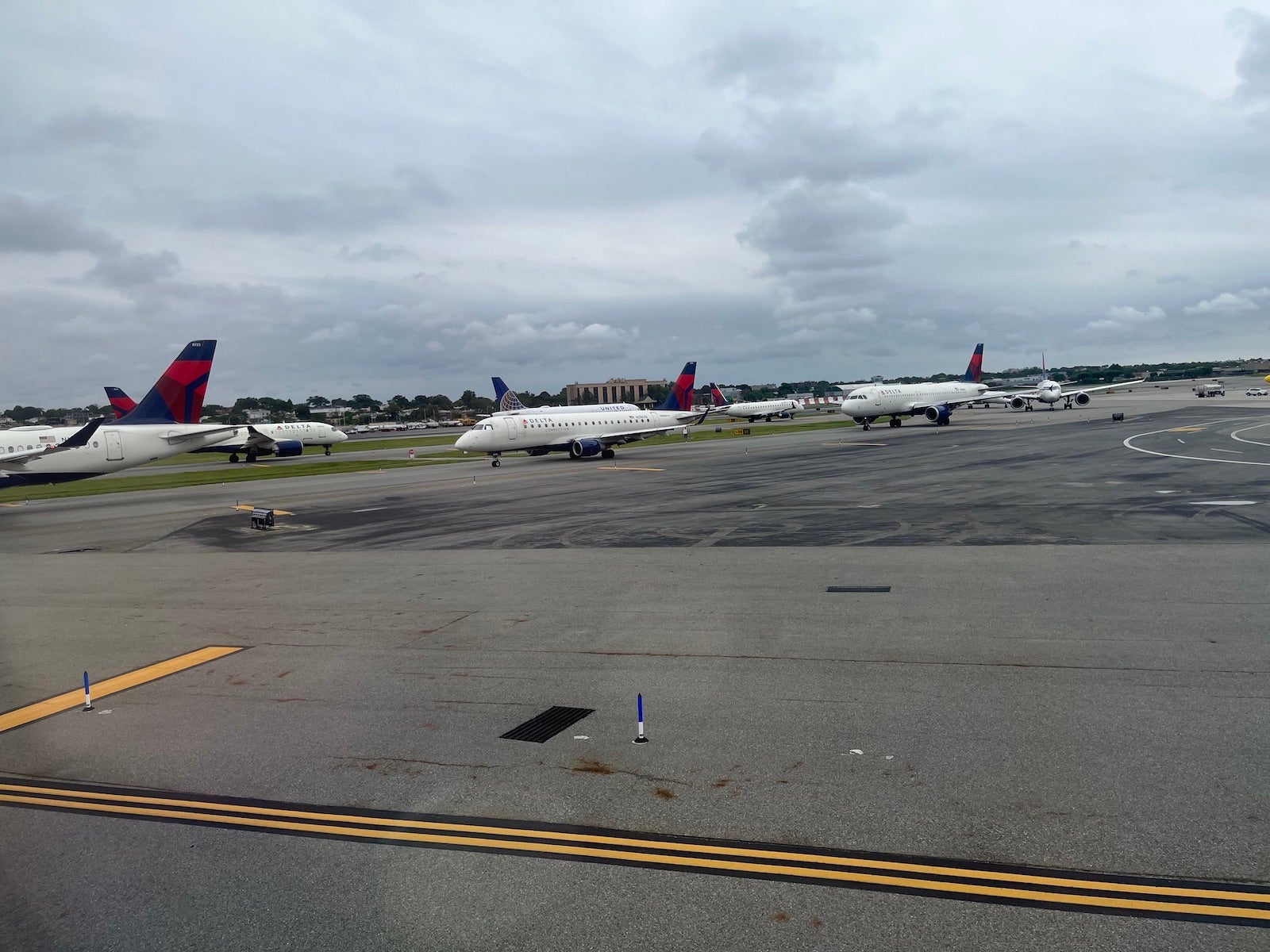
Planes wait to be cleared for takeoff at LaGuardia Airport (LGA) on June 16, 2022. (Photo by Sean Cudahy/The Points Guy)
All the while, delays held steady with more than a quarter of flights affected through the summer. Additionally, the length of a typical delay has crept upward each month since May, to an average of 53 minutes per delay during the first half of August.
The source of the problems is a complex web, no doubt. But it has nonetheless sparked finger-pointing.
Now, just like Americans have seen at the gas pump, there are at least modest signs of relief when it comes to the price you’re paying to fly. Recent numbers from booking and airfare analysis site Hopper show August airfare not only down a great deal from earlier this summer, but dipping slightly below August 2019 levels.
Likewise, far fewer travelers see transportation costs as a key factor in whether to plan a trip than even a month ago, according to August survey results shared by Miles Partnership and Longwoods International.
At the same time, if you’re hoping for a sudden rebound in reliability from airlines, you may be waiting a while longer — until 2023, even.
“We’re not going to get back to normal utilization and normal staffing levels until next summer,” United Airlines CEO Scott Kirby said in a July interview on CNBC.
Experts fear the same could be true for hotels that have yet to restore the full complement of amenities customers enjoyed before COVID-19 stymied travel more than two years ago.
“Most of it will really be driven by the labor situation,” said Karthik Namasivayam, a hospitality industry expert as well as professor and department chair of the School of Hospitality Business at Michigan State University’s Broad College of Business.
“It’s going to take a little longer to figure out exactly where we are,” Namasivayam added in an interview with TPG.
Across the industry, things are shifting. But things may not truly get back on track until 2023.
In This Post
ir travel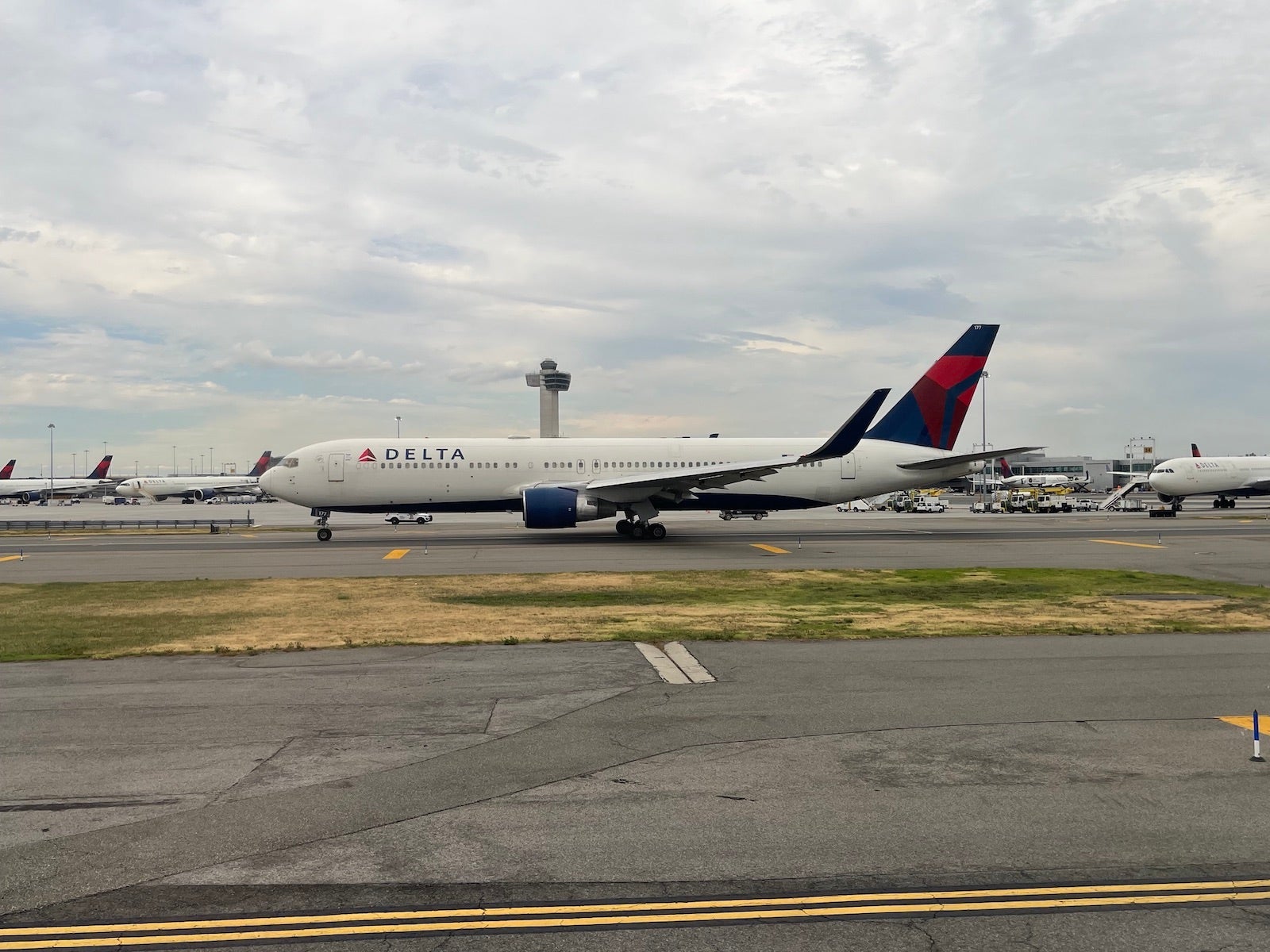
A Delta Air Lines aircraft at John F. Kennedy International Airport (JFK) in July. (Photo by Sean Cudahy/The Points Guy)
There is hope that the airline industry will stage a strong recovery by 2023 — but many factors will likely cause issues for years to come.
Some encouraging signs for air travel
The industry has a good chance of fully recovering its capacity by 2023, leaving consumers with more choices for flights and, potentially, lower fares. In its most recent guidance, United Airlines predicts its full-year 2023 capacity to be up 8% compared to 2019. In the airline industry, capacity (a key metric that is also known as available seat miles) is measured by multiplying the number of seats by the number of miles flown.
Want more airline-specific news? Sign up for TPG’s free new biweekly aviation newsletter.
To operate all those flights, the industry will also have more aircraft on hand. Deliveries of Boeing 787 Dreamliners resumed on Aug. 10 — welcome news at American Airlines, which had to cut its summer 2022 schedule due to the pause in deliveries of the wide-body aircraft stemming from quality control issues.
United Airlines is in the process of returning 52 of its Boeing 777s to its fleet, which had been grounded after a February 2021 incident near Denver and which had negatively affected the airline’s schedule.
And Delta Air Lines has finally begun to take delivery of its Airbus A321neos, of which it has 155 on order. That aircraft will become an integral part of its fleet for years to come.
U.S. airlines are also hiring more staff: They employed 3.21% more workers in June of this year than they did in June of 2019, according to the U.S. Department of Transportation. As a whole, U.S. airlines have avoided many of the staff-induced meltdowns that have plagued airlines in Europe this summer.
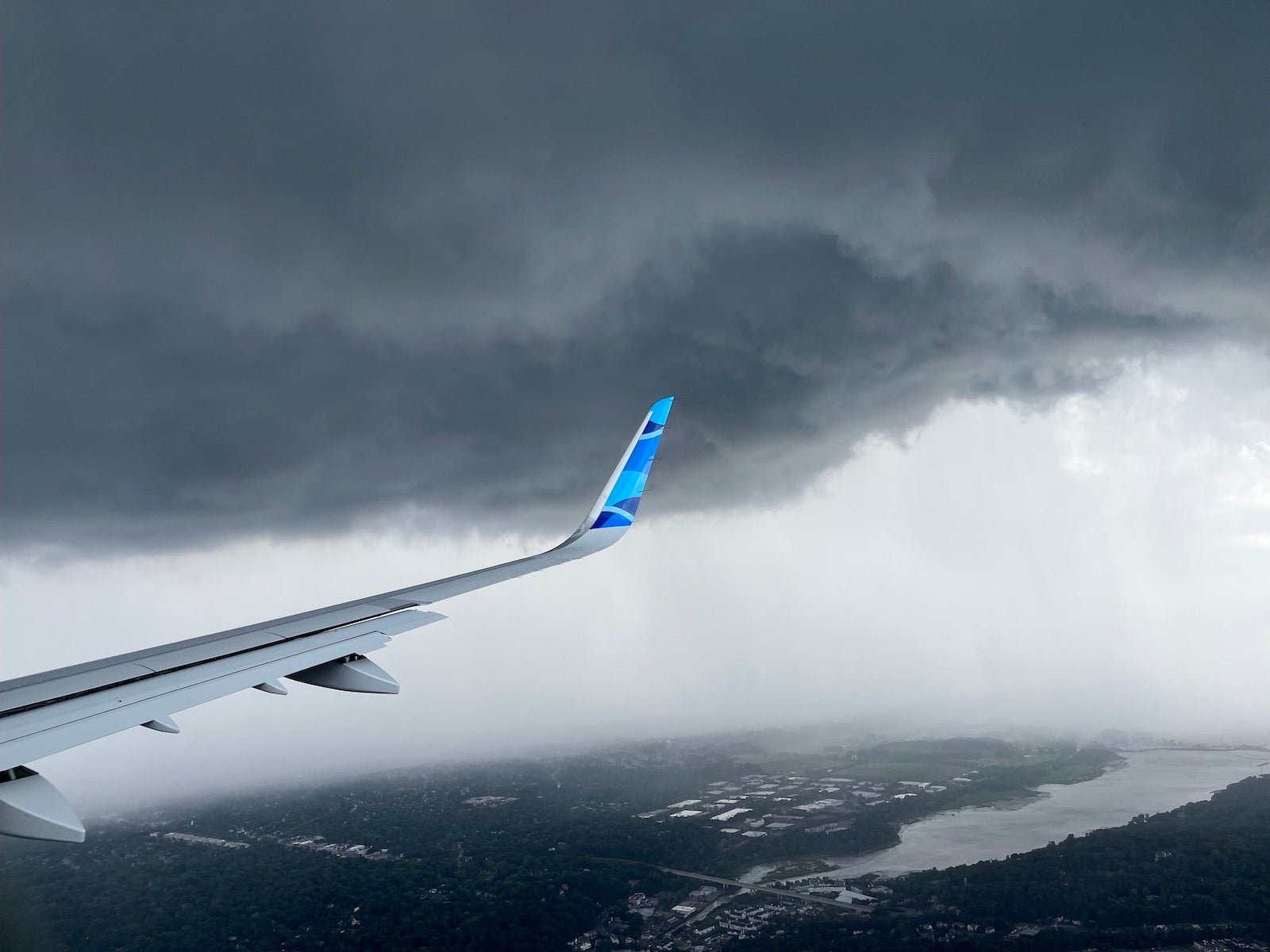
A JetBlue Airbus A321LR lands at JFK in New York in the midst of a summer afternoon storm. (Photo by Sean Cudahy/The Points Guy) irline staffing problems aren’t a quick fix
But there are still some staffing-related issues on the horizon, specifically with pilots and air traffic controllers.
A pilot shortage has been exacerbated by the pandemic. As major airlines have had to replace pilots that took early retirement packages, a major source of pilots has been regional airlines. This downstream effect has caused regional airlines to shrink, and many communities to lose some or all air service during the pandemic — a trend that is expected to continue.
Replacing pilots is not a quick or easy task: The cost of flight training can be more than $100,000, and earning the 1,500 flight hours required to fly for an airline can be a long slog of low-paying jobs.
Then there’s the issue of air traffic controllers. There have been multiple staffing-related issues at ATC facilities across the country in recent months, most acutely at a facility near Jacksonville, Florida, that handles high-altitude traffic.
Hiring and training controllers can be a multi-year process. While the Federal Aviation Administration, the employer of the nation’s controllers, touts strong interest in its job openings (it recently accepted nearly 58,000 job applications for 1,500 openings), it will be years before those hired will work traffic — and retirements will continue.
So, there is hope that 2023 will be a more normal year for airline travel, but also some reason to be skeptical, too. — By senior aviation reporter Ethan Klapper.
Hotels

(Photo by Twenty47studio/MomentCollection/Getty Images)
The hotel landscape this year is one of sky-high rates and a customer experience that often doesn’t match the soaring costs. Hotel owners and the major lodging conglomerates blame it all on everything from labor shortages to supply chain issues.
Travelers were patient and forgiving of service gaps in the early days of the pandemic, but that goodwill is wearing thin more than two years later.
Room rates may start to stabilize
Signs indicate the tides are turning at least on pricing. U.S. inflation data released in mid-August shows hotel rates (a major driver of inflation earlier in 2022) declined slightly by 3.2% from June to July. Rates were also only up by 1.3% from a year ago, which is a win given hotel rates surged 25.5% from November 2020 to November 2021.
But now is not necessarily the time to wave a victory flag in the name of stabilization for the hotel industry.
Publicly traded hotel company executives signaled during the second-quarter earnings reporting season that they see additional elements in the pandemic recovery that could continue to increase hotel rates. In short: Rates aren’t going to settle at a new normal until we see what business and group travel look like in the fall, typically when both sectors revive to their peak levels. Further, the return of Chinese customers to the global travel sector could send rates higher based on their demand levels.
“We expect the global [performance] recovery to continue each quarter through the end of the year, driven by improving occupancy and [average daily rates] compared to 2019,” Leeny Oberg, Marriott’s chief financial officer, said on an August investor call.
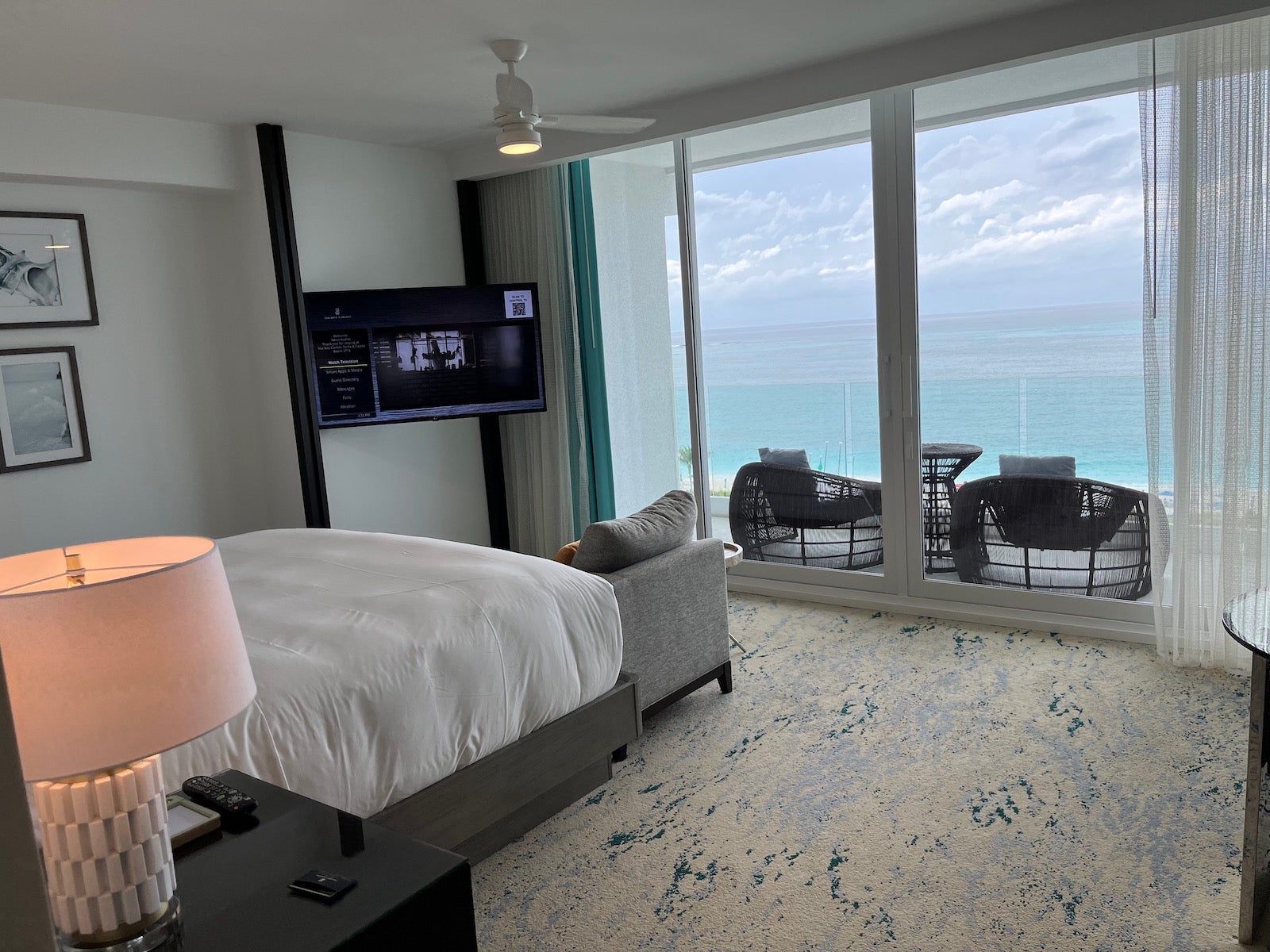
The Ritz-Carlton, Turks & Caicos. (Photo by Sean Cudahy/The Points Guy)
A recent U.S. Hotels State of the Union report from CBRE indicated analysts at the real estate brokerage firm, a leading player in the hotel transaction space, expect daily rate growth to moderate in the back half of this year.
Questionable future for housekeeping and amenities
The biggest question mark rests on customer experience and brands offering consistency across various properties and cities. The major hotel companies like Marriott International and Hilton relaxed brand standards, which dictate everything from signage to food and beverage offerings and daily housekeeping, during the pandemic to provide owners with some degree of financial relief through the uncertainty and record low-demand levels.
But swelling customer dissatisfaction at hotels (i.e., the hotel experience better start matching the sky-high rates these owners are charging) has the industry bracing for the return of brand standards. Oberg previously indicated Marriott would revive brand standards at some point this year, and the rest of the industry is widely expected to follow suit.
This doesn’t mean a switch will flip overnight. After all, there was a hotel labor shortage prior to the pandemic, and the health crisis enabled the hotel industry to step back and figure out where permanent efficiencies could play out.
Daily housekeeping as we knew it will likely never return to the entire industry. The opt-in model, already in place at Hilton, is probably the new norm. Marriott executives still haven’t gone public with their strategy, but IHG Hotels & Resorts plans to focus on select areas in daily room “refreshing.”

(Photo by Sean Cudahy/The Points Guy)
It could be years for other elements of the hotel guest experience to stabilize to a consistent product, however. The expected return of brand standards likely means widespread orders for new furniture and other fixtures: Eliminating daily housekeeping means accelerated wear and tear on just about everything that goes into a hotel.
But supply chain issues plague the industry already. So, imagine the delays sparked by a massive wave of existing hotels suddenly needing new furniture.
“It’s already at an all-time level of demand over the last 50 years for hotel capital expenditures and renovations, and demand is only going to increase in 2023 and 2024,” said Alan Benjamin, founder of leading hotel furniture, fixture and equipment procurement firm Benjamin West.
On the other hand, new hotels are opening left and right that were delayed during the pandemic — and then delayed again for a slew of reasons, like the aforementioned labor shortages and supply issues. These new hotels range from budget-friendly accommodations to the most luxe of luxury hotels.

Aman New York. (Photo courtesy of Aman)
The good news is that whenever rates do finally start to soften, there are plenty of exciting new hotels to visit on every corner of the planet.
The only question is, will the experts who think we’ll soon see rates taper off in the fall be right, or are we in for another round of questioning how anyone can afford the vacations they’re posting about online? — By senior hotel reportersTanner Saunders and Cameron Sperance.
Cruises
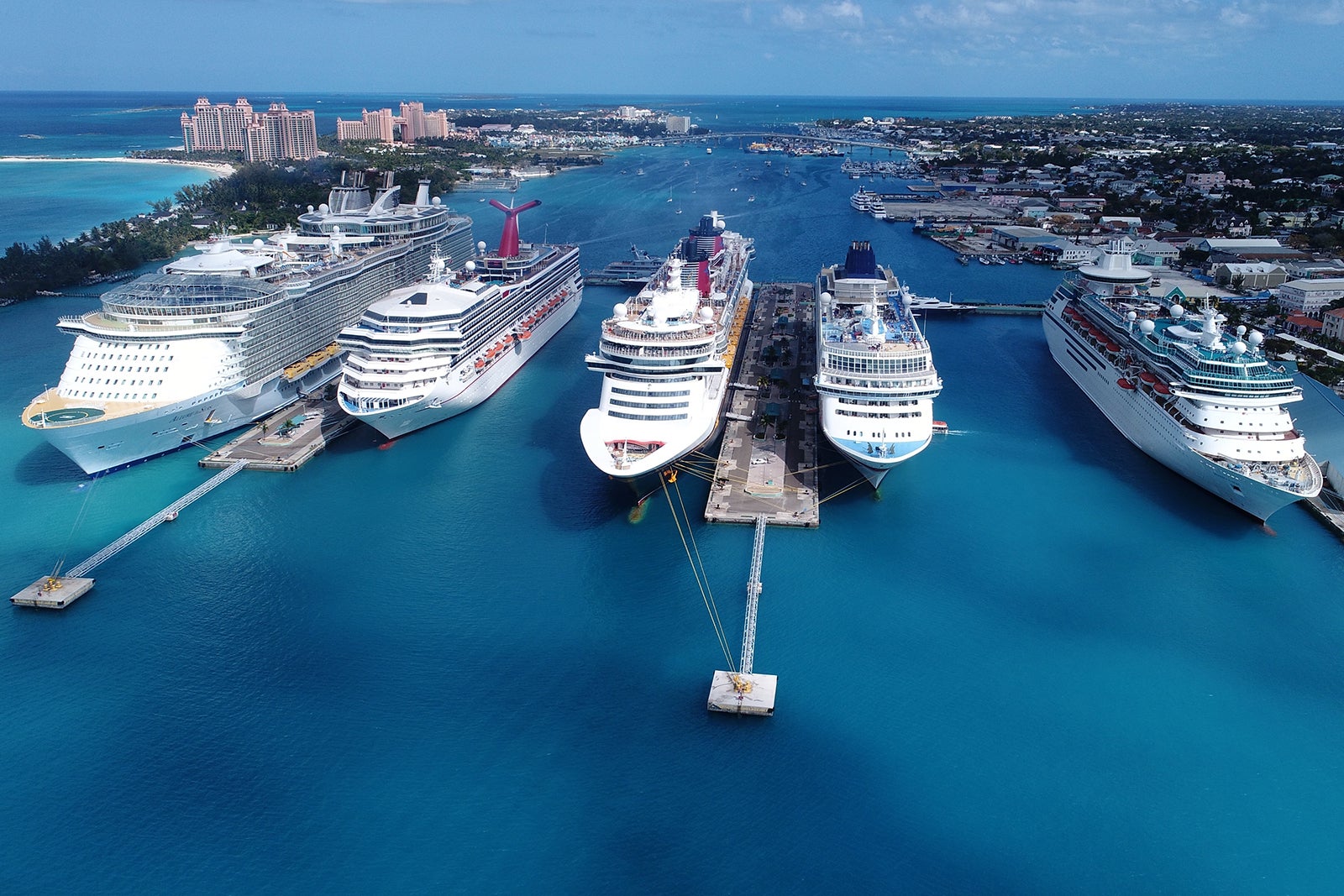
(Photo by Daniel Piraino EyeEm/Getty Images)
Even cruise lines, which hire employees for their ships from around the world, have been facing a worker shortage in some cases — though not on a scale that could cause a huge effect on the passenger experience.
Cruise staffing has affected services somewhat
Among the lines that have been the most affected by staffing issues are Carnival Cruise Line, which has had to cut back the hours of some onboard dining venues on ships due to a lack of enough workers, and Princess Cruises. The latter canceled more than two months’ worth of sailings out of San Diego on short notice due to what it called “labor challenges.”
Still, cruise industry executives suggest they’re not facing the same sort of worker shortages found at some hotels and airlines.
“The internationally sourced crew that makes up the abundance of our staffing on board, it’s pretty back to normal,” Norwegian Cruise Line Holdings president and CEO Frank Del Rio said during a recent conference call with Wall Street analysts. Del Rio noted that only one of the company’s 28 ships was having significant trouble maintaining proper staffing levels, the Hawaii-based Pride of America.
The U.S.-flagged ship is unique among vessels in the company’s fleet in that it must operate with mostly American workers by law due to its all-U.S. itinerary, and U.S. workers right now are particularly hard to come by, he suggested.
“We are having issues sourcing labor and crew for that [one] vessel,” Del Rio said. “We’ve purposely kept the load factor since she’s returned to service at 40% … because of labor shortages.”
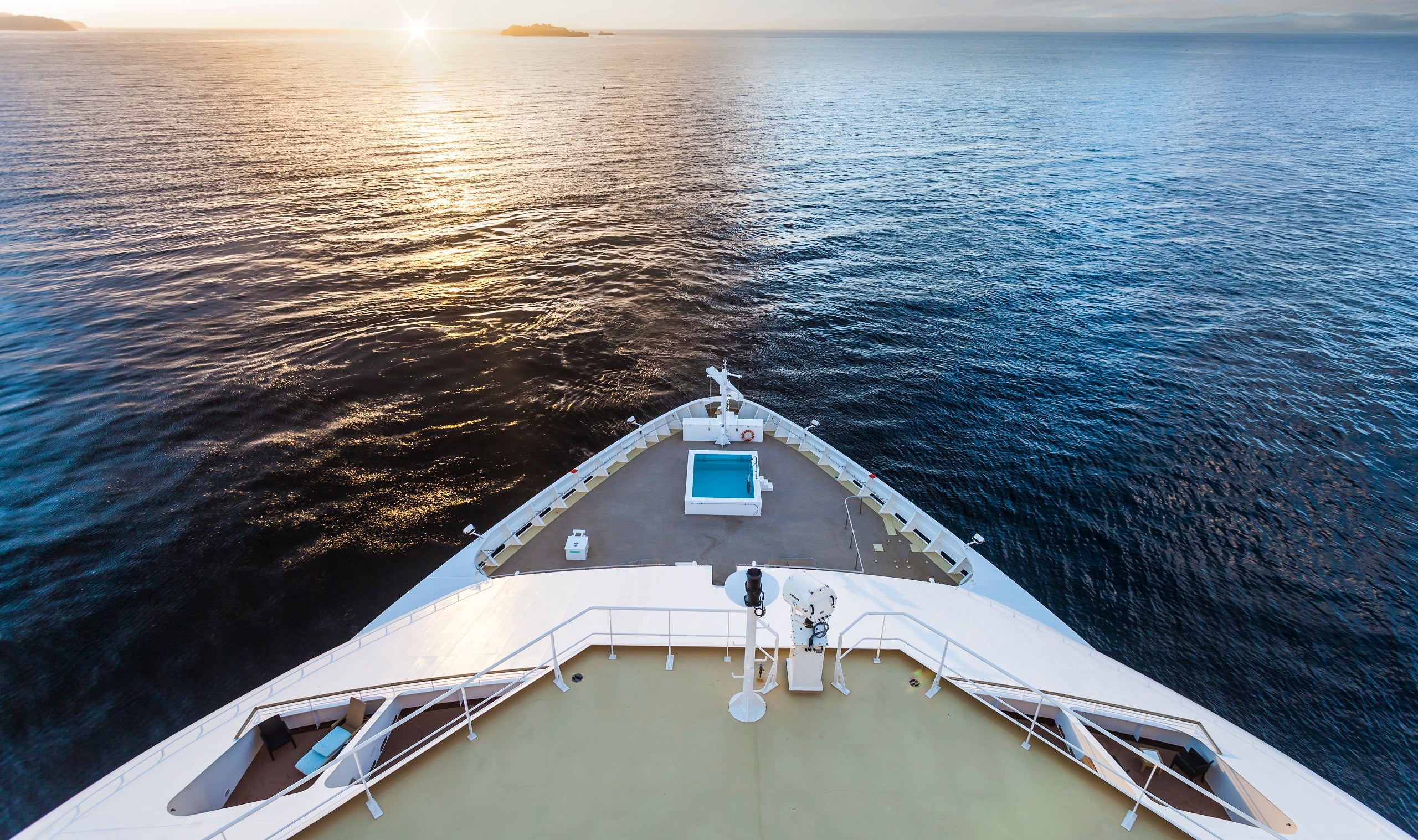
(Photo by guvendemir/Getty Images)
Norwegian Cruise Line Holdings is the parent company of Norwegian Cruise Line, Regent Seven Seas Cruises and Oceania Cruises. Like Norwegian Cruise Line Holdings, most cruise companies that have faced worker shortages for specific ships have chosen to operate them at a lower passenger occupancy or cancel their sailings outright to ensure that service levels on the vessels remain at normal levels, rather than operate a diminished product.
Even the most budget-focused cruise lines have notably maintained twice-a-day room cleaning on vessels throughout the pandemic — a sharp difference from the diminished service levels seen at hotels on land. — By Gene Sloan, principal writer, cruise and travel.
Bottom line
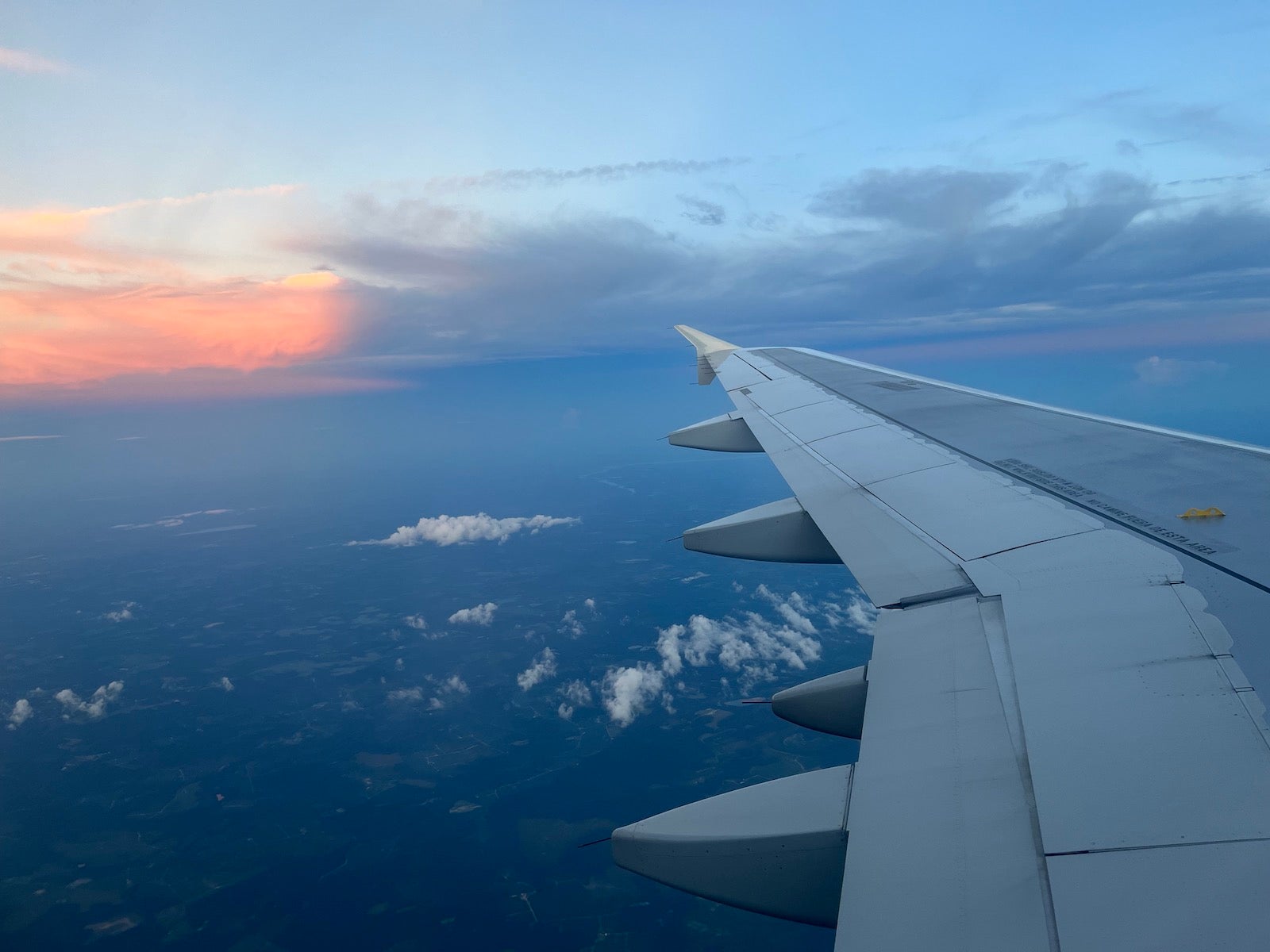
(Photo by Sean Cudahy/The Points Guy)
While COVID-19 was the common thread that connected the challenges across various sectors of the travel industry in 2020 and 2021, in 2022 it was a combination of high costs and lackluster service sparked by everything from low staffing levels to supply chain tie-ups.
Are some of the changes we’ve seen unfold over the last couple of years permanent? Perhaps, some experts say.
“It’s a question of consumers becoming used to the new normal,” said Namasivayam, the Michigan State hospitality expert. “I suspect some of this is going to remain the same going forward.”Whether you’re flying, staying in a hotel, taking a cruise or all of the above, there are reasons to be optimistic that improvements could be around the corner. At the same time, the complex nature of the problems makes it likely travelers could continue to feel the effects well into 2023.
Additional reporting by Ethan Klapper, Tanner Saunders, Cameron Sperance and Gene Sloan.
Featured photo by Sean Cudahy/The Points Guy.
Title: Forget 2022: Travel isn’t expected to improve until next year
Sourced From: thepointsguy.com/news/when-will-travel-get-better/
Published Date: Fri, 19 Aug 2022 20:00:07 +0000
No comments:
Post a Comment